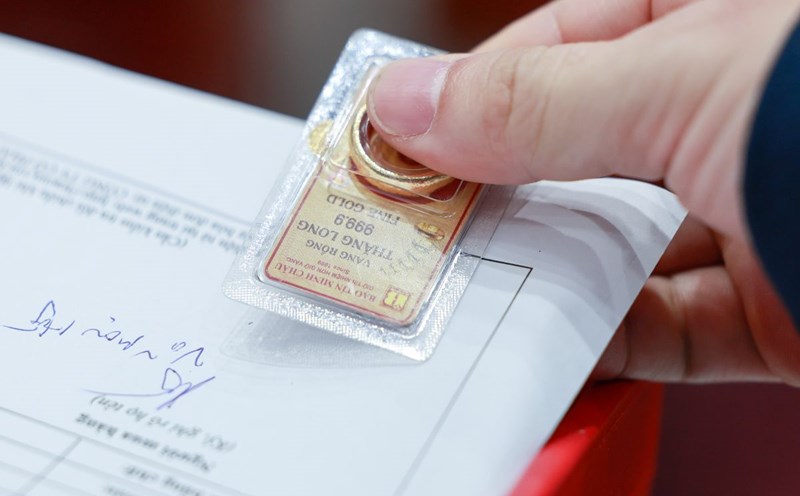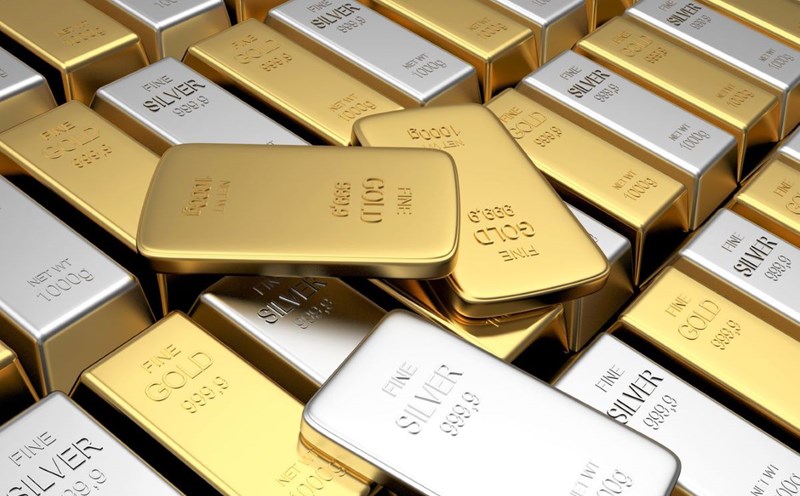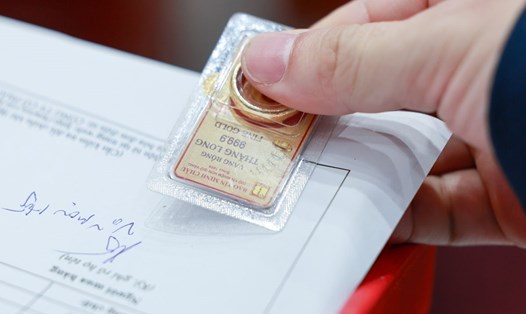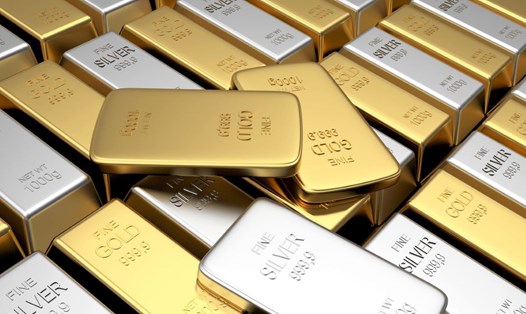After a series of skyrocketing increases since the beginning of the year, world gold prices had a surprising slide on October 21, causing global investors to reconsider their safe-haven asset strategy.
Previously, on October 10, gold prices surpassed the historical record of $4,000/ounce - then quickly climbed to $4,380. However, just 11 days later, the precious metal recorded its biggest decline since 2013, losing 6% in just one session.
However, according to Morgan Stanley analysts, this is not the end of the gold price increase. On the contrary, they said the market is entering a new phase of the price increase cycle, fueled by loose monetary policy, a weak USD and persistent buying from central banks.
Gold is still the "star" of 2025
Despite the strong adjustment, gold has still increased by about 50% since the beginning of the year, becoming the most efficient asset in 2025.
Morgan Stanley believes this increase is a direct result of a series of major fluctuations: Tensions in the Middle East, US trade tariffs, concerns about the independence of the Federal Reserve (Fed) and the budget crisis that has forced the US government to temporarily suspend operations.
Morgan Stanley Research's report said that investors not only see gold as a hedge against inflation, but also as a festival of all risks - from central bank policies to global geopolitics.
New "gamble" for gold: Fed, USD and global confidence
According to Morgan Stanley, the Fed's interest rate cut cycle will be the key to guiding the "flap" of gold prices next year. History shows that every interest rate cut cycle since the 1990s has caused gold to increase by an average of 6% in just the first 60 days.
The bank's latest forecast raises its gold price forecast for 2026 to $4,400/ounce, significantly higher than the previous forecast of $3,313.
The weakening of the US dollar also played a key role. As growth expectations in the US have slowed, many international investors have withdrawn from USD-denominated assets to move to gold, making safe-haven cash flow stronger. A weaker US dollar also means gold is becoming cheaper for buyers in other countries, boosting global demand.
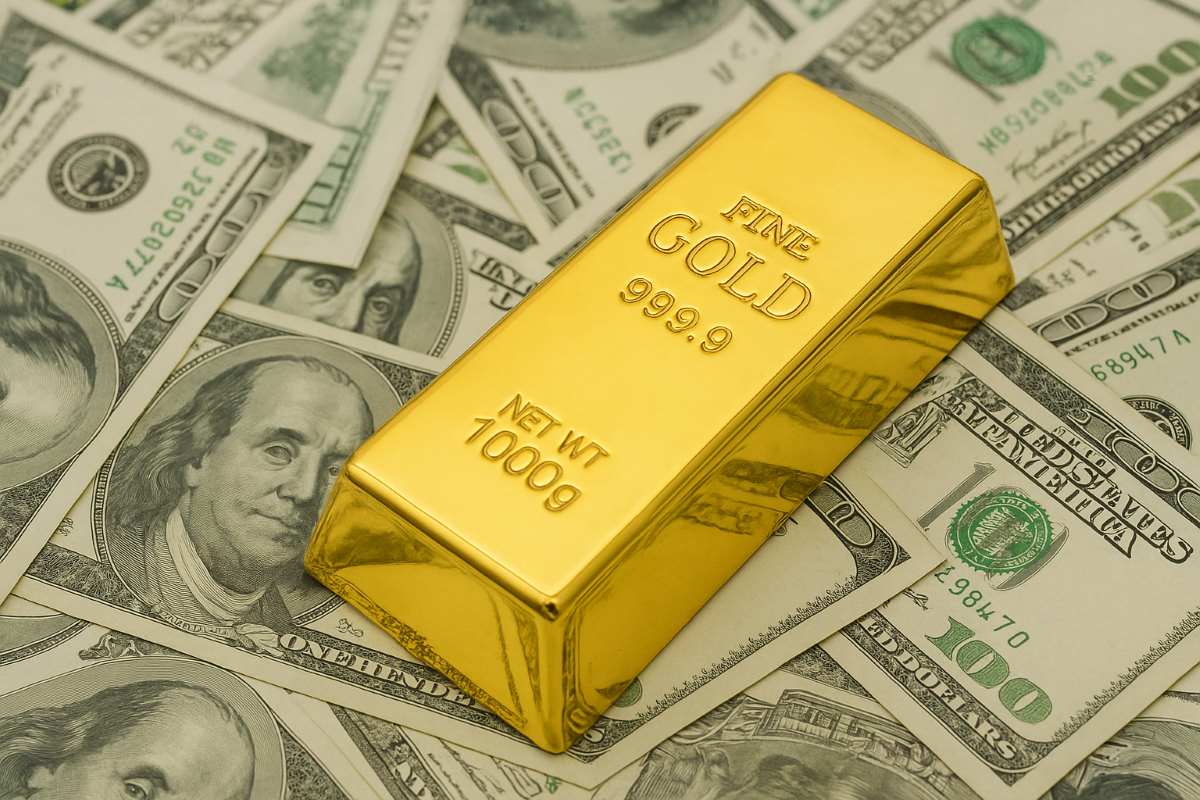
The big guys have not given up
Morgan Stanley pointed out that, for the first time since 1996, gold accounts for a higher proportion of US Treasury bonds in central bank reserves - a sign that confidence in precious metals is surpassing US public debt.
Not only that, physical gold ETFs recorded a record cash flow of $26 billion in the third quarter, bringing total assets under management to $472 billion, the highest level in history.
Although holding a positive outlook, Morgan Stanley also warned that if the USD suddenly strengthens again or the Fed does not cut interest rates as much as expected, the gold market could be under significant pressure.
In addition, prolonged high prices can also weaken demand, especially in the jewelry sector - which accounts for 40% of global gold consumption. Data shows that demand for gold jewelry in the second quarter of 2025 has decreased to its lowest level since 2020, when consumers began to lose hands because the price was too high.
World gold price on the morning of October 25 traded around 4,113 USD/ounce.
Regarding domestic gold prices, SJC gold bar prices are trading around 147.8 - 148.8 million VND/tael (buy - sell).
Bao Tin Minh Chau 9999 gold ring price is trading around 150 - 153 million VND/tael (buy - sell).

